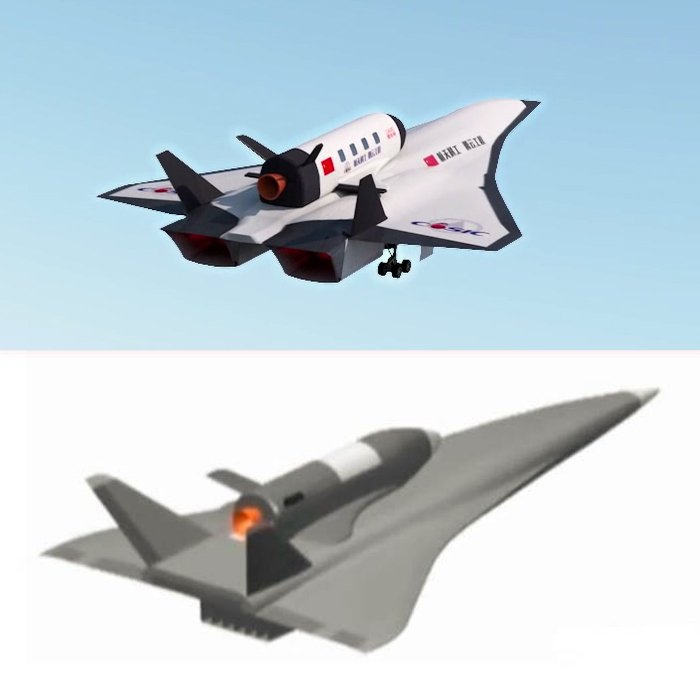China launches scaled down reusable space plane
| March 8, 2018
The hypersonic space drone lifted off from the Jiuquan Satellite Launch Centre in Inner Mongolia, accelerated to more than five times the speed of sound and reached orbital altitude before returning safely to ground, according to a researcher with knowledge of the experiment.
China’s goal was to develop a space plane for both military and civilian missions, capable of traveling fast enough to penetrate missile defense systems and with the heft to help rebuild satellite networks or lift tourists to space, the researcher said.
Development of the prototype was led by the China Aerodynamics Research and Development Centre in Mianyang, Sichuan province. Also known as Base 29, the military-run facility has some of the most advanced wind tunnels for hypersonic research in the country.
Ye Youda, a senior hypersonic vehicle researcher working at the base, confirmed the test took place but said he could not give details because the project was classified for defense purposes.
Without revealing the nature of the vehicle, state-run Science and Technology Daily said on February 23 that the test was a “breakthrough”, with the vehicle landing precisely as planned.
Lead scientist Liu Gang was quoted as saying it was the first time China had conducted this kind of test.
“It will be able to take off from a normal airport and take spacecraft into orbit. It will be a revolution for space transport,” Zhang told state broadcaster China Central Television.
He said Tengyun, a civilian version of the space plane, would be able to carry both passengers and cargo into orbit or to a space station.
The vehicle would be reusable – bringing down launch costs – and be driven by a hybrid engine that could take in air in the atmosphere and burn rocket fuel once in space.


